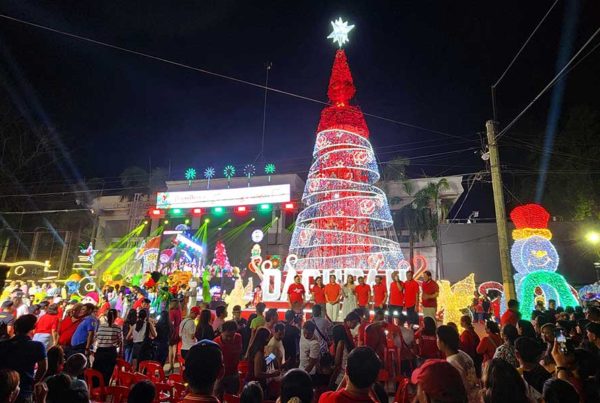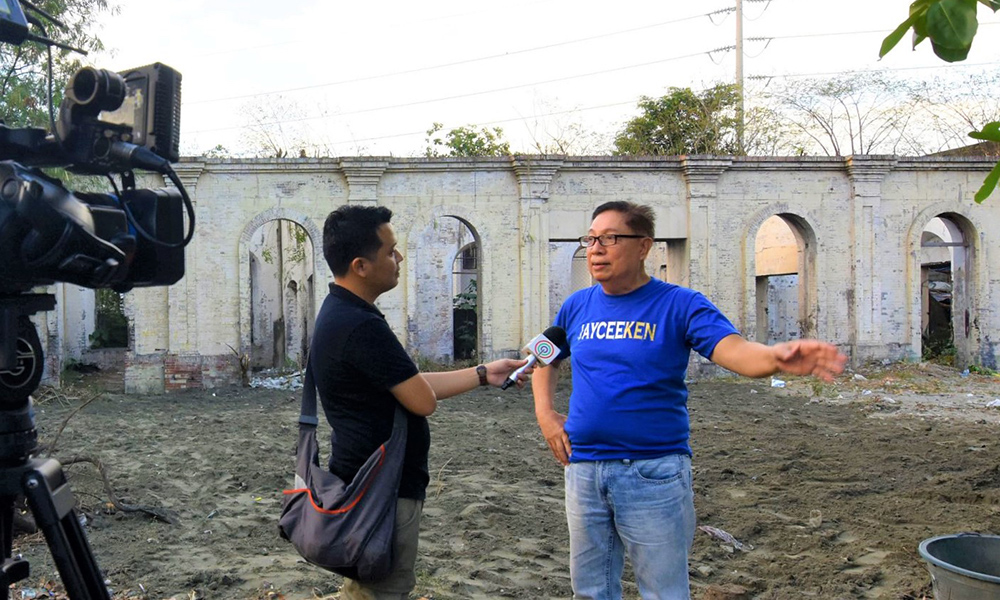
A train dream

By Rex Catubig
THE train in the ‘60s was for me heaven sent. At an early age, I suffered from motion sickness that triggered vertigo and nausea when riding a car or the bus on long trips.
It did not help that the Pantranco bus had hard wooden bench seats and open sides. The bumpy ride coupled with the strong vapor of gasoline was an agonizing experience I dreaded.
Thank God, there was the train alternative. It’s what my parents and I would take whenever we would travel to Manila. Called the MRR or Manila Railroad, it had regular and first class coaches—the latter with plush velvet seats with the head rest covered in white linen. It also featured a posh dining coach managed by D&E, a popular Manila restaurant at the time, that served upscale merienda fare such as pancit luglog and dinuguan.
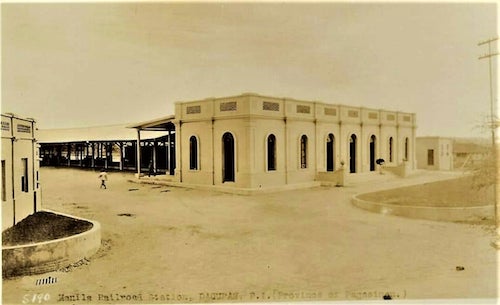
Coming home from Tutuban, upon alighting at the Dagupan Station, one is welcomed by hawkers selling bucayo, candied grated coconut wrapped in cellophane. It was the product of the barrios around the coconut growing area, notably Caranglaan and Bacayao. The Ordonez family was the pioneer maker of the delicacy.
A long-time resident of the Dagupan train station site which eventually evolved into PNR or Philippine National Railways, recalls paying P2.20 fare for the trip to Tutuban—the Manila terminal. I remember shelling out P3.35 during my college years, and a little more for the air conditioned first class coach.
Regardless how much fare one paid, the Manila-Dagupan train gave back much more in return. It was part of our growing up. The train ferried us in pursuit of our dreams and ambitions. It took us to a world we had yet to discover. It served as a vessel of passage that transported us along the path of progress.
Ironically, the progress it fostered sounded the death knell for the railway. It resulted in urban blight that has all but obliterated the train stations themselves, and worse their identity.
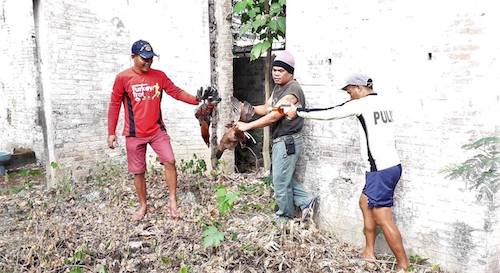
Here in Dagupan, the iconic rock-clad ticket office and station that bore proudly the signage Dagupan had been invaded by predatory settlers and hidden in sight by shambles.
It breaks the heart that our people have become cultural heritage cannibals. A few feet away, the original structure of the historic Ferrocarril de Manila-Dagupan station had been preyed on by treasure hunters then abandoned, and later converted into a dumping ground for thrash sorting or MRF.
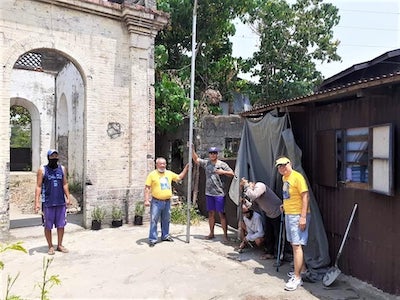
Now mostly overgrown with weeds and shrubberies, its glorious past is shrouded with the foliage of forgetfulness. Nonetheless, its arched walls stand majestic and defiant of the capricious clime and man’s inhospitality. And the restive soul of noble history it embodies still hovers relentlessly.
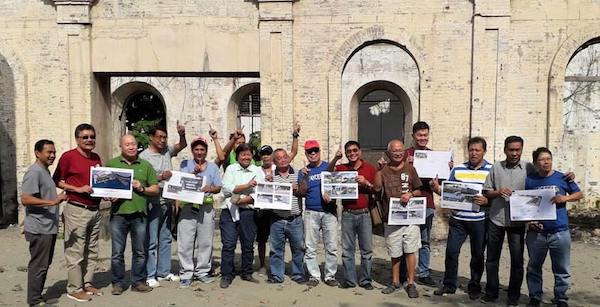
Recently, a group of cultural heritage conservation advocates, the Jayceeken, started the initiative to revitalize it. The group envisions the adaptive reuse of the courtyard as a theater and events venue. The inner chambers are seen as perfect for a museum of railway memorabilia, an art gallery, and souvenir shop. A part could be converted into a bistro: What could be more divine than sipping coffee in an old-world ambiance redolent with history?
It’s a pipe dream. Yet, for as long as the franchise to build sand castles and castles in the air is not forfeited by age, seniors like us can dream on and take on the audacity of exuberant youth.
After all, age is heir to the beneficent second wind–the gust of saving grace that propels the lonely train ride back to our heritage. Let us all hang on. And dream?



